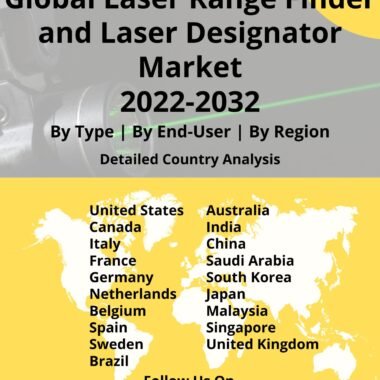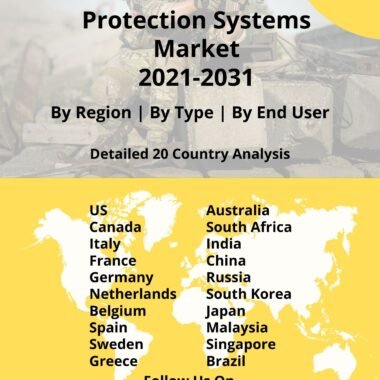Description
Satellite Cable And Assemblies Market
Frequently Asked Questions of Global Satellite Cable And Assemblies Market
Satellite cables and assemblies are an essential component of satellite communication systems, facilitating the transmission of signals, data, and power between various satellite system components. These cables and assemblies are designed to withstand the harsh environmental conditions of space and ensure reliable communication between satellites, ground stations, and other satellite equipment. Satellite cables are available in various types, depending on the specific application requirements. Some common cable types used in satellite systems include coaxial cables, fiber optic cables, twisted pair cables, and hybrid cables. Each cable type offers different advantages in terms of signal transmission, bandwidth, noise immunity, and distance capabilities.
Coaxial cables are widely used in satellite systems for their excellent shielding properties and high-frequency capabilities. They consist of an inner conductor surrounded by an insulating layer, a conductive shield, and an outer insulating layer. Coaxial cables are suitable for transmitting high-frequency signals with low signal loss and good noise immunity. Fiber optic cables are becoming increasingly popular in satellite communication due to their high bandwidth, low signal loss, and immunity to electromagnetic interference. These cables use optical fibers to transmit data in the form of light signals. Fiber optic cables are capable of transmitting large volumes of data over long distances, making them ideal for high-speed satellite communication applications.
Cable assemblies refer to pre-assembled cables with connectors or terminations at both ends. These ready-to-use assemblies simplify the installation and connection processes in satellite systems. Cable assemblies are available in various lengths and configurations, including standard cables, custom-length cables, and cable harnesses, to meet specific system requirements. The satellite cable and assemblies market offers customization options to ensure compatibility with different satellite systems and equipment. Manufacturers provide connectors, terminations, and cable lengths tailored to the specific needs of satellite communication applications. This enables easy integration and seamless connectivity between different satellite components.
Satellite cables and assemblies are designed to withstand the harsh space environment, including extreme temperatures, radiation, and vacuum conditions. They are built to be highly durable and reliable, ensuring continuous and uninterrupted communication between satellites and ground stations. To ensure high quality and reliability, satellite cables and assemblies are produced under industry standards and specifications like MIL-STD-810 and MIL-STD-883. Compliance with these standards ensures that the cables and assemblies meet rigorous performance and environmental requirements.
Major factors driving Satellite Cable And Assemblies Market Growth
With growing demand for high-frequency and high-speed satellite communications, the market has seen advancements in cables and assemblies capable of transmitting signals at higher frequencies and data rates. These cables are designed with enhanced shielding, lower signal loss, and better impedance characteristics to ensure reliable and efficient transmission of high-frequency and high-speed signals.
Trends influencing the Satellite Cable And Assemblies Market Size
Advancements in cable and assembly technology continue to drive improvements in performance and reliability. This includes advancements in materials, connectors, shielding techniques, and signal processing technologies, resulting in better signal integrity, higher data rates, and improved overall system performance.
Satellite Cable And Assemblies Market Forecast & Dynamics
The satellite cable and assemblies market is a critical component of the satellite communication industry, supporting the efficient and reliable transmission of signals and data between satellites and other satellite system components. As satellite technology advances, the market is expected to continue evolving to meet the increasing demands for higher bandwidth, improved signal quality, and enhanced connectivity in satellite communication systems.
The market forecast incorporates a thorough market size and market analysis. The market analysis includes regional market size, opportunities, drivers and restraints. Country-wise market size is also included in the regional analysis.
Satellite Cable And Assemblies Market Analysis for Recent Developments
The HyperX family of radiation-hardened software-defined microprocessors is available from Coherent Logix Inc. in Austin, Texas. According to Michael Doerr, Co-CEO and CTO at Coherent Logix, one of the family’s early variants, the hx2100, has seen design-ins in a range of space projects. “A fully software-defined platform for communications, video imaging, AI, and adaptive processing on the satellite, with software-defined networking and active cyber security,” according to the Coherent Logix HyperX series of programmable space processors. You now can do so.” In Palm Bay, Fla., Renesas Electronics America provides radiation-hardened power conditioning and control components for space applications. Power-hungry components for space systems, such as the Versal field-programmable gate array (FPGA) from Xilinx Inc. in San Jose, Calif., are driving power innovation for space.
The Beyond Gravity Lynx satellite computer is 250 times more powerful than standard onboard computers. The Lynx computer can process data that is already in orbit rather than processing it on Earth, saving time, energy, and money. The Lynx computer can assess the appropriateness of all photos and only transmits legitimate images. It is a 6U Space VPX single-board computer built for crucial activities in a severe radiation environment, with flexible communication, interface, and mass storage capabilities. The computing power is provided by a four-core ARM processor with more than 30.000 DMIPS and onboard flash storage that is rated for 15 years in low earth orbit and beyond.
The global landscape of satellite cables and assemblies has seen significant advancements, reflecting the evolution of satellite communication and space technology. Cables and assemblies are critical components in satellite systems, connecting various subsystems and facilitating data transmission between satellites and ground stations. Advancements in materials, design, and manufacturing processes have led to the development of lightweight and high-performance cables and assemblies. These innovations contribute to the overall efficiency, reliability, and longevity of satellite systems.
With the increasing demand for higher data transfer rates and the deployment of advanced satellite constellations, there is a growing emphasis on high-frequency, low-loss cables and assemblies. These components play a crucial role in ensuring the seamless operation of satellite communication systems, Earth observation missions, and scientific space research. Global standardization efforts and collaboration among industry stakeholders contribute to the development of standardized cable and assembly solutions. This promotes interoperability, facilitates the integration of components from different manufacturers, and supports the global expansion of satellite-based services. The ongoing evolution of satellite cables and assemblies in 2023 reflects a commitment to advancing the capabilities of satellite systems, meeting the demands of an increasingly connected world, and supporting a wide range of applications in space exploration, communication, and Earth observation.







